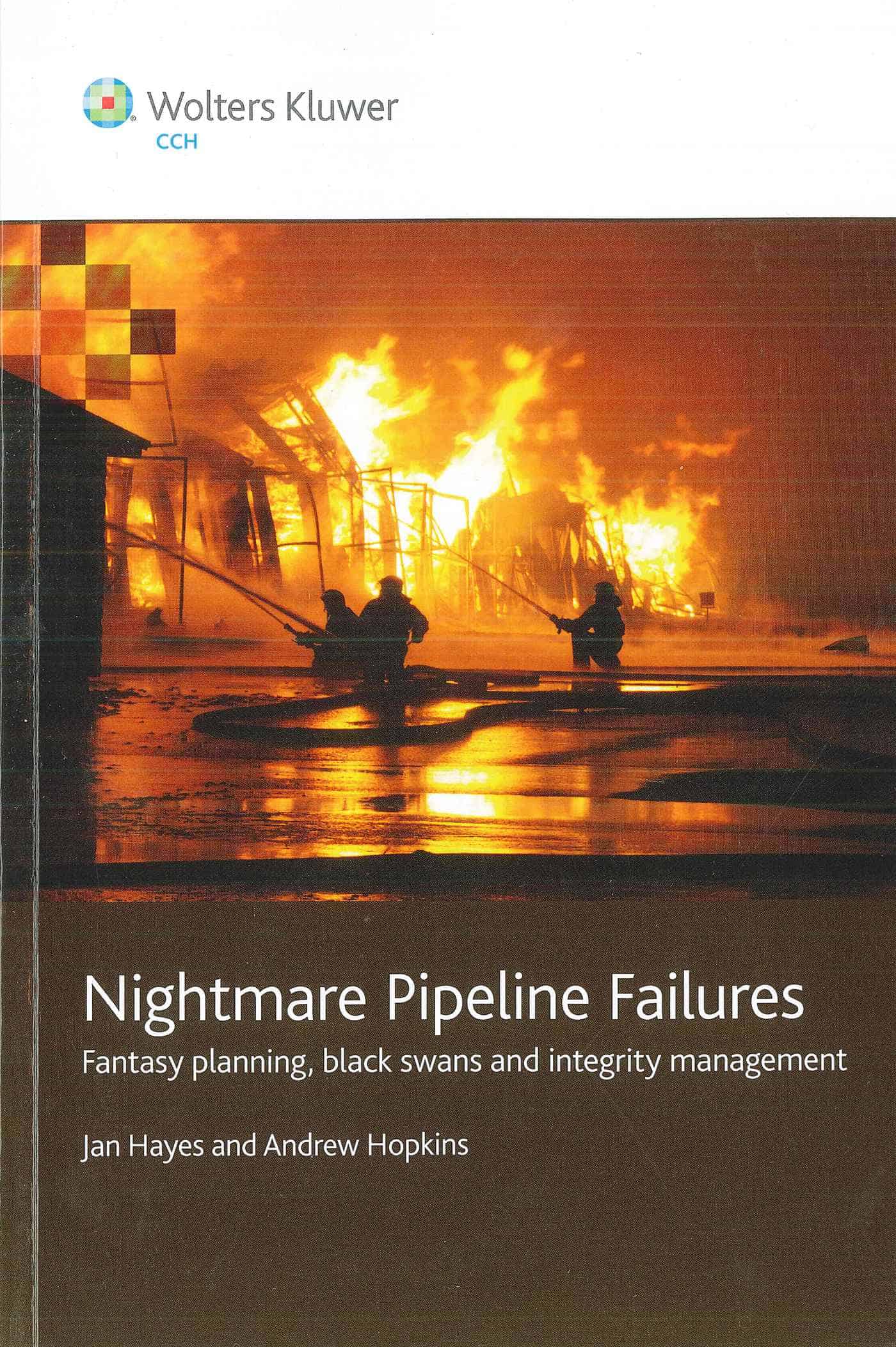Herbert Smith Freehills (HSF), in its Australian partners and as a firm, has been prominent in occupational health and safety (OHS) matters, even though the organisation is “on the nose” with much of the trade union movement. This week HSF conducted a breakfast for the Safety Institute of Australia (SIA) in Melbourne, the first in a couple of years after an alleged falling out with the SIA. The presentations did not sparkle as some have in previous years.
The most anticipated presentation was from Len Neist, an executive director of WorkSafe Victoria. Neist outlined the aims of the organisation but much of this was familiar. He reiterated the obligations on WorkSafe from the various legislation and pledged to focus on prevention.
Neist is not beyond executive jargon (“risk tolerability framework” ?) and stated one of his aims was to “incentivise compliance and improvement”. One can argue that compliance should require no encouragement only enforcement. Why provide incentives to businesses for what is their legislative and moral duty?



